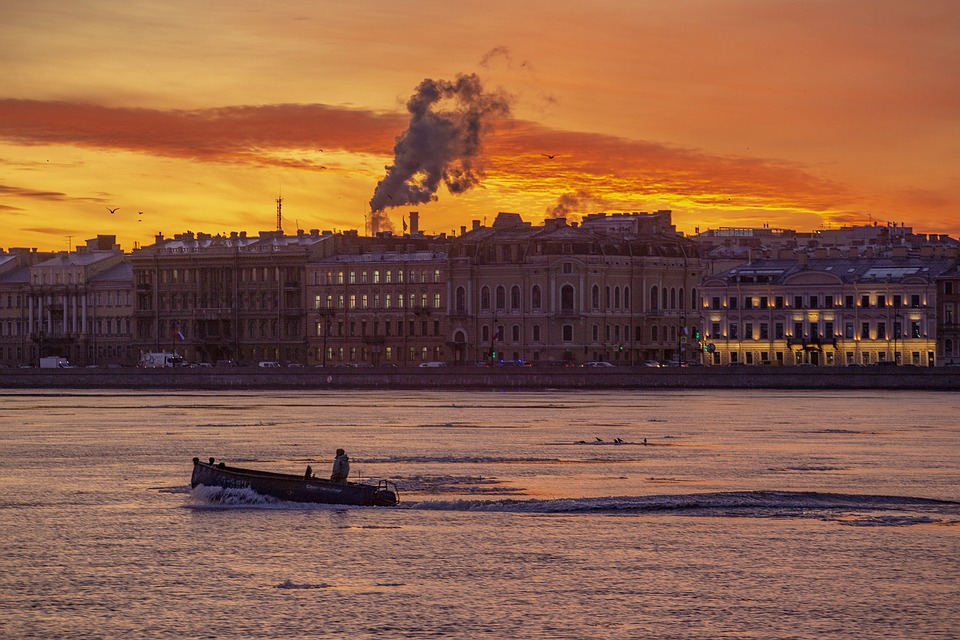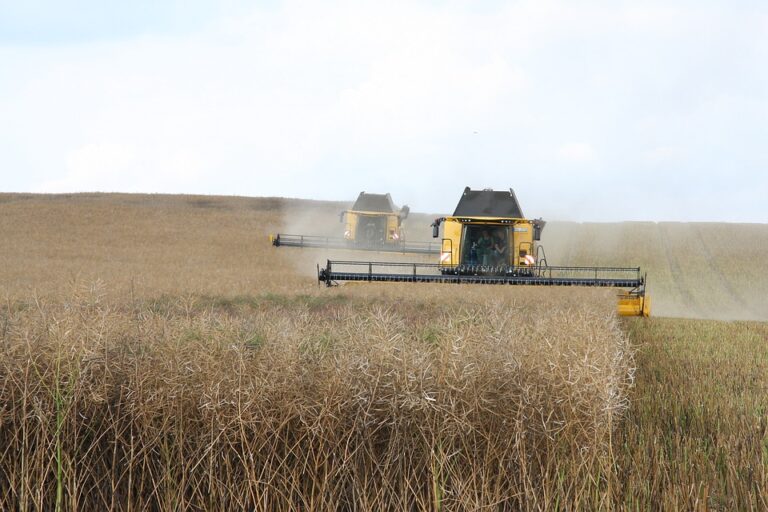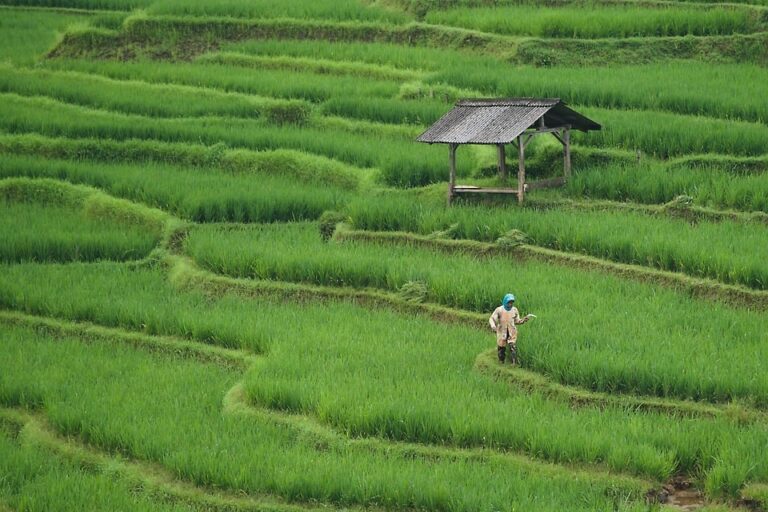The Influence of Climate and Environment on Early Settlement Patterns in Russia
Introduction
Russia is a vast country with diverse climates and geography, ranging from tundra and forests in the north to steppes and deserts in the south. The harsh climate and vast expanse of land have played a significant role in shaping the settlement patterns of early human societies in Russia. In this article, we will explore how the climate and environment of Russia influenced the early settlement patterns of its inhabitants.
Impact of Climate on Settlement Patterns
The climate of Russia is largely characterized by long, cold winters and short, mild summers. This harsh climate made agriculture difficult in many parts of the country, particularly in the northern regions. As a result, early human societies in Russia were forced to rely on hunting, fishing, and herding for their survival. This led to a nomadic lifestyle for many early Russian inhabitants, as they followed the migratory patterns of animals in search of food.
In the southern regions of Russia, where the climate is more temperate, sedentary agricultural societies began to emerge. The fertile soil and warmer temperatures allowed for the cultivation of crops such as wheat, barley, and rye. This agricultural surplus led to the development of settlements and the formation of early towns and cities in these regions.
Role of Environment in Settlement Patterns
The geography of Russia also played a significant role in shaping early settlement patterns. The country is characterized by a diverse range of landscapes, including mountains, plains, forests, and rivers. These natural features provided both opportunities and constraints for early human societies.
For example, the vast forests of Russia provided an abundant supply of timber for building materials, fuel, and tools. This allowed for the development of woodworking industries in many regions of the country. Similarly, the numerous rivers of Russia served as important transportation routes for the movement of goods and people. This facilitated trade and communication between different settlements and helped to foster the growth of early towns and cities.
However, the rugged terrain of Russia also presented challenges for early settlers. Mountains and forests could act as barriers to communication and trade, limiting the expansion of settlements into certain regions. Harsh winters and poor soil quality in some areas made agriculture difficult, leading to sparse populations in these regions.
Early Settlement Patterns in Russia
The early settlement patterns of Russia can be broadly categorized into two main types: nomadic and sedentary. Nomadic societies were prevalent in the northern regions of Russia, where hunting, fishing, and herding were the primary means of subsistence. These societies lived in temporary dwellings such as tents or yurts and moved frequently to follow the migratory patterns of animals.
Sedentary agricultural societies, on the other hand, were more common in the southern regions of Russia. These societies relied on farming as their main source of food and settled in permanent villages and towns. The development of agriculture in these regions allowed for the growth of population centers and the emergence of more complex social structures.
Over time, as trade and communication networks expanded, larger towns and cities began to emerge in Russia. These urban centers served as important hubs for economic, political, and cultural activities. The growth of these settlements was facilitated by the abundance of natural resources and the strategic locations of many Russian cities along major rivers or trade routes.
In conclusion, the climate and environment of Russia have had a profound influence on the early settlement patterns of its inhabitants. The harsh climate and diverse geography of the country shaped the way in which early human societies adapted to their surroundings and developed unique ways of life. By understanding these factors, we can gain valuable insights into the history and culture of Russia and appreciate the ingenuity of its early settlers in overcoming the challenges of their environment.





